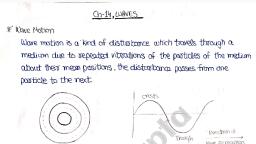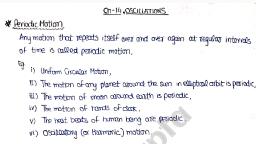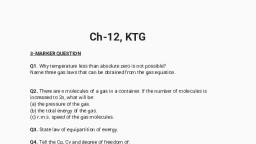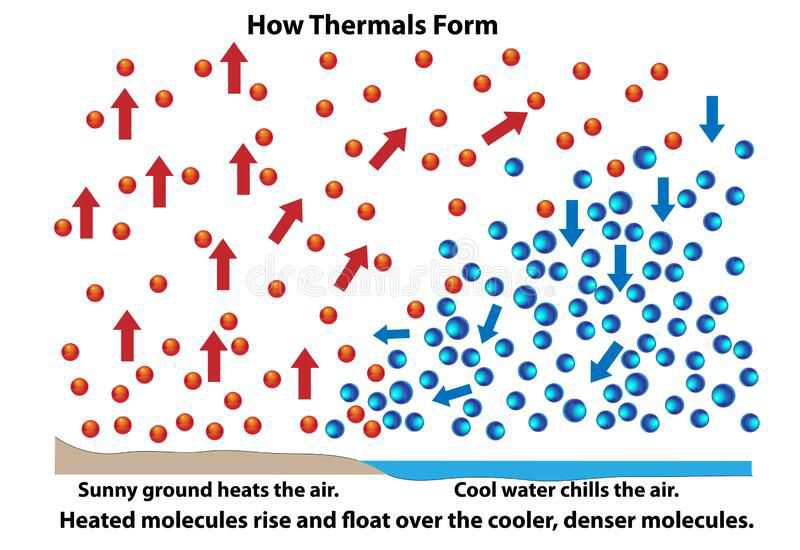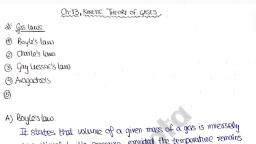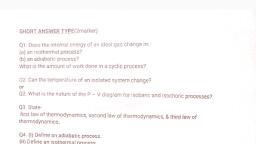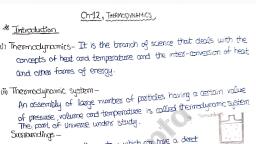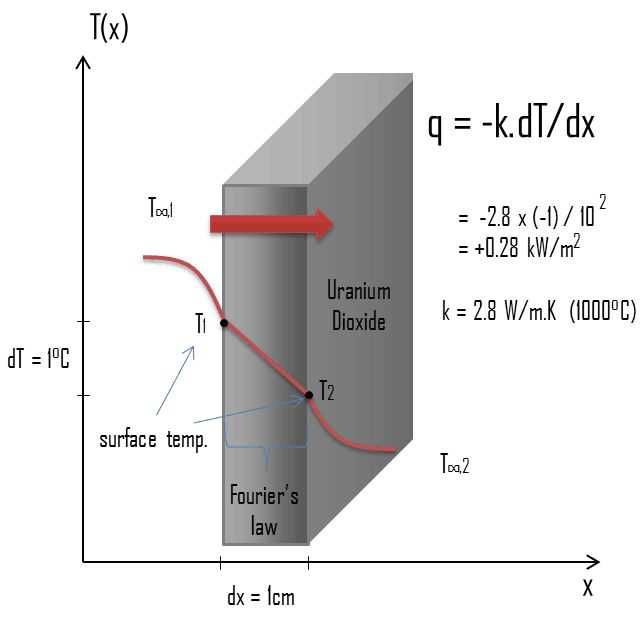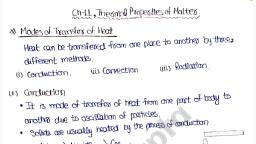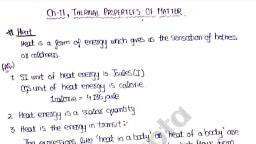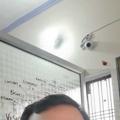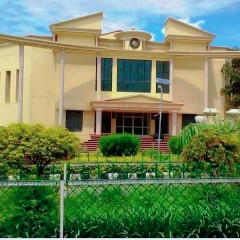Question 4 :
Assertion: Sudden fall of pressure at a place indicates storm<br/>Reason: Air flows from higher pressure to lower pressure.
Question 5 :
Spherical balls of radius $\mathrm{R}$ are falling in a viscous fluid of viscosity $\eta$ with a velocity $\mathrm{v}$. The retarding viscous force acting on the spherical ball is: <br><br>
Question 6 :
The excess pressure inside a small air bubble of radius $0.05 mm$ in water of surface tension $70\ dyne- cm^{-1}$ is $Pa$:
Question 7 :
Two spheres of the same material, but radii $R$ and $3R$ are allowed to fall vertically downwards through a liquid of uniform density. The ratio of their terminal velocities is:
Question 8 :
After terminal velocity is reached, the acceleration of a body falling through a viscous fluid is<br>
Question 9 :
What is the excess pressure inside a soap bubble with a radius of $1.5 cm $ and the surface tension of $0.03 N/m$?
Question 10 :
The cross-sectional area of a large tank is $0.5m^{2}$. It has an opening near the bottom having cross-sectional area $1 cm^{2}$. A load of $20 kg$ is applied on the water at the top. The velocity of water coming out of the opening, at the time when the height of water level is $50 cm$ above the bottom is nearly:(Take $g = 10 ms^{-2}$)
Question 11 :
A plane is in a level flight at a constant speed and each of its two wings has an area of $25 \ m^{2}$. If the speed of air is $180 \ km h^{-1}$ over the lower wing and $234 \ km h^{-1}$ over the upper wing surface, the plane's mass is : (Take density of air $=1 kg m^{-3}$.)
Question 12 :
Two spheres of the same material, but of radii $R$ and $3R$ are allowed to fall vertically downwards through a liquid of density $\rho$. The ratio of their terminal velocities is:
Question 13 :
Match column I with column II :<br><table class="wysiwyg-table"><tbody><tr><td>List I</td><td>List II</td></tr><tr><td>Magnus energy</td><td>Pascal's Law</td></tr><tr><td>Loss of Energy</td><td>Archimedes' principle</td></tr><tr><td>Pressure is same at same level in a liquid</td><td>Viscous force </td></tr><tr><td>Hydraulic Machines</td><td>Lifting of asbestos roofs</td></tr></tbody></table>
Question 14 :
If the excess pressure inside a soap bubble of radius ${ r }_{ 1 }$ in air is equal to the excess pressure inside air bubble of radius ${ r }_{ 2 }$ inside the soap solution, then ${ r }_{ 1 }:{ r }_{ 2 }$ is
Question 15 :
A solid sphere falls with a terminal velocity of 10 m/s in air. If it is allowed to fall in vacuum:<br/>
Question 16 :
Air is streaming past a horizontal airplane wing such that its speed is $90 ms^{-1}$ at the lower surface and $120 ms^{-1}$ over the upper surface. If the wing is 10 m long and has an average width of 2m, the difference of pressure on the two sides and the gross lift on the wing respectively, are (density of air $=1.3 kg m^{-3})$<br>
Question 17 :
A metallic shpere of radius $\displaystyle 1.0\times 10^{-3}m$ and density $\displaystyle 1.0\times 10^{4}kg/m^{3}$ enters a tank of water after a free fall, falling through a distance of h in the earth's gravitational field. If its velocity remains unchanged after entering water, determine the value of h. <br/>[Given : coefficient of viscosity of water = $\displaystyle 1.0\times 10^{-3}N-s/m^{2},g=10m/s^{2}$ and density of water = $\displaystyle 1.0\times 10^{3}kg/m^{3}$]


